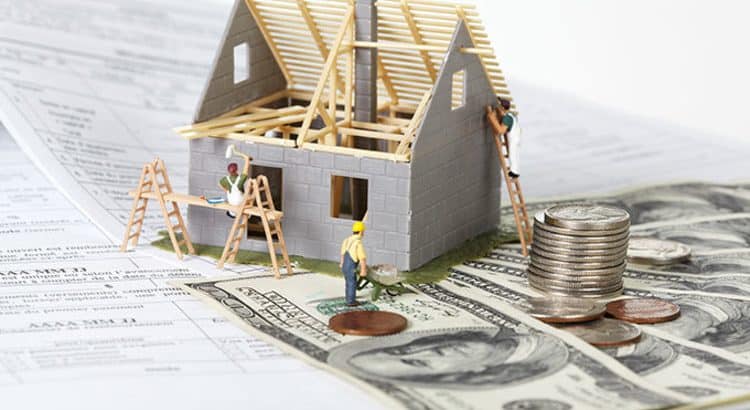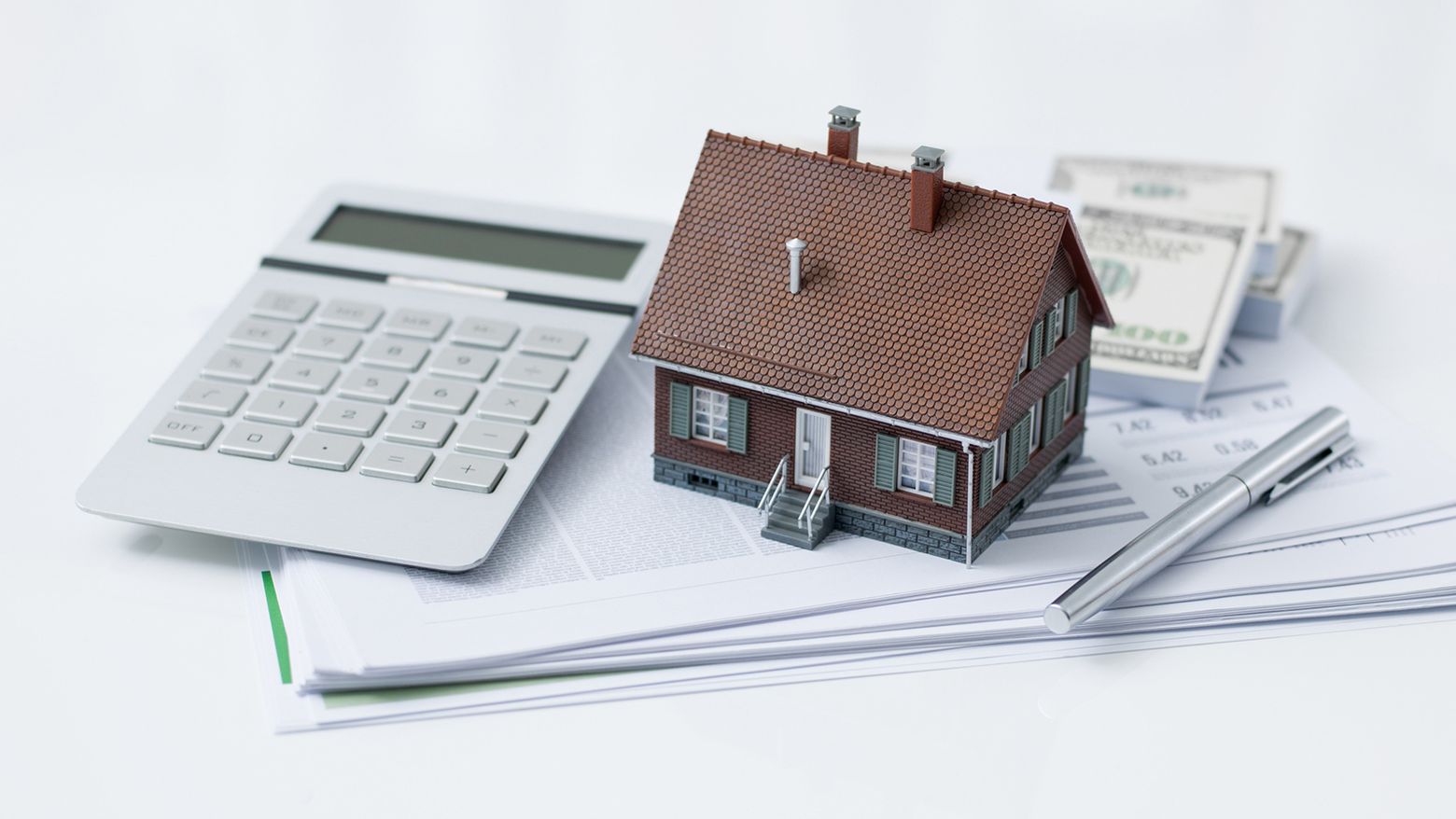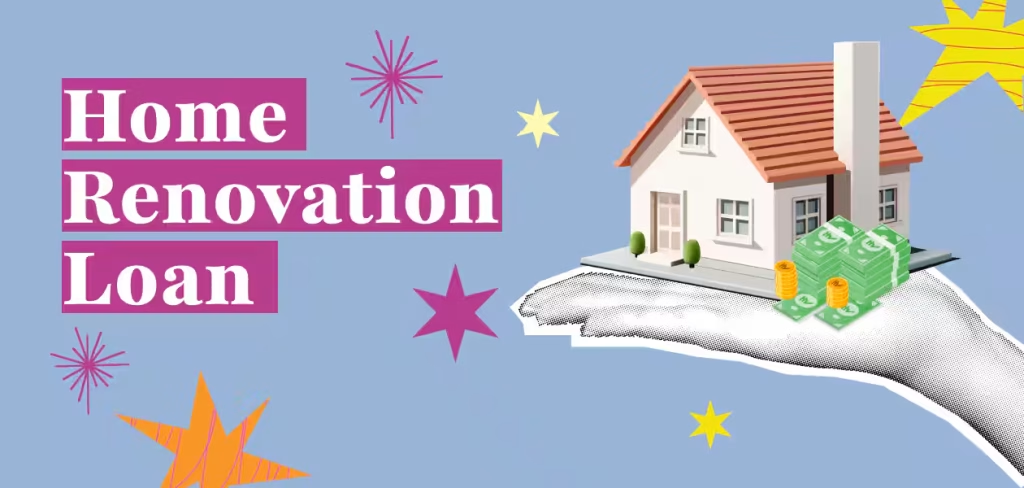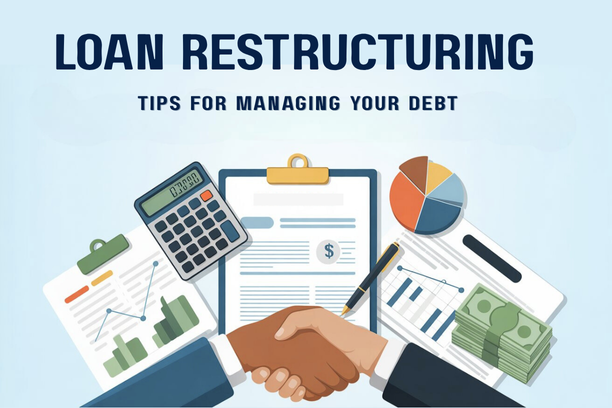Your home is more than just a place to live; it’s a reflection of your dreams and a sanctuary for your family. As your needs evolve, so too does your home, and a well-planned renovation can significantly enhance its value, functionality, and aesthetic appeal. However, a major renovation project can come with a substantial price tag. This is where home renovation loans become a critical financial tool. These specialized loans offer a structured and affordable way to fund your home improvement dreams without draining your savings. This comprehensive guide will explore the best financing choices in the Philippines, detailing the options available from major banks and the Pag-IBIG Fund, providing a step-by-step checklist, and offering key insights to ensure your renovation project is a success.
1. The Foundation of a Successful Renovation
Before you even pick up a hammer or call a contractor, you need to understand the financial landscape of home renovation. A well-thought-out financial plan is the most important part of the project.
Why a Specialized Loan is the Smart Choice
When faced with a significant renovation cost, many homeowners may consider using a personal loan or a credit card. While these options offer quick access to cash, they are not the most financially prudent choice for a major home project.
- Lower Interest Rates: Home renovation loans are typically secured by the property itself, which means they are a lower risk for the lender. As a result, these loans come with significantly lower interest rates than unsecured personal loans or credit cards. The savings on interest over the life of the loan can be substantial, often amounting to hundreds of thousands of pesos.
- Longer Repayment Terms: Unlike personal loans, which have a short repayment term of one to five years, a home renovation loan can have a repayment term of up to 20 years or more. This longer term translates to lower monthly payments, making the loan much more manageable and sustainable within your monthly budget.
- Structured and Disciplined Approach: A renovation loan often comes with a phased disbursement process, where funds are released in stages as construction milestones are met. This structured approach ensures that the money is being used for its intended purpose and provides a layer of financial discipline to the project, helping you stick to your budget and timeline.
- Increased Property Value: A well-executed renovation not only improves your quality of life but also increases the market value of your home. The investment you make in your renovation can lead to a higher appraisal value, which can be beneficial in the long run.
Key Preparations Before You Apply
A successful loan application starts long before you submit the forms. Taking these preparatory steps will not only increase your chances of approval but also ensure that your renovation project stays on track.

- Create a Clear Plan and Blueprint: Before approaching a lender, you need a detailed plan of your renovation project. This should include an architectural plan or blueprint, a description of the scope of work, and a timeline. This plan is crucial for the bank to assess the project’s feasibility.
- Get a Detailed Bill of Materials and Cost Estimate: You need a comprehensive Bill of Materials (BoM) and a cost estimate from your contractor. This document, signed by a licensed professional, provides the lender with a clear breakdown of the project’s cost. It serves as the basis for the loan amount you will be applying for.
- Vet and Hire a Reputable Contractor: The lender will want to see that you are working with a licensed and reliable contractor. A professional with a good track record will provide the necessary documents and help ensure that the project is completed on time and within budget.
- Save for a Buffer: Just like with home construction, renovations often have unexpected costs. It is wise to have a financial buffer, typically 10% to 15% of the total project cost, to cover any unforeseen expenses.
2. Your Top Options for Home Renovation Loans
In the Philippines, you have two primary options for securing a home renovation loan: the Pag-IBIG Fund and major commercial banks. Each has its own distinct advantages.
The Pag-IBIG Housing Loan for Home Improvement
For Pag-IBIG members, the Pag-IBIG Housing Loan for Home Improvement is often the most affordable and accessible option. It is a specialized loan product that leverages the fund’s low interest rates to help members upgrade their homes.
- Ultra-Low Interest Rates: Similar to the Pag-IBIG home construction loan, the home improvement loan offers highly subsidized interest rates that are significantly lower than those of commercial banks. This low rate makes the monthly amortization very manageable.
- Long and Flexible Repayment Terms: Pag-IBIG offers repayment terms of up to 30 years for home improvement loans, which can drastically reduce your monthly payments, freeing up your budget for other essential expenses.
- Loanable Amount: You can borrow up to PHP 6 million for home improvement, provided you are eligible. The actual loan amount will be based on your income, your Pag-IBIG contributions, and the appraisal value of the property.
- Eligibility and Requirements: You must be an active Pag-IBIG member with at least 24 months of contributions. The application requires a Bill of Materials, a detailed plan, and the endorsement of a licensed architect or engineer. You will also need to submit the standard personal and income documents.
This loan is the ideal choice for Pag-IBIG members who are looking for the most affordable way to finance a major home renovation.
The Versatility of Commercial Bank Renovation Loans
Major banks like BDO, BPI, and Metrobank also offer specialized home renovation loans that provide a great deal of flexibility and can cater to a wider range of projects and loan amounts.
- Higher Loan Amounts: If your renovation project is extensive and requires a loan amount exceeding what Pag-IBIG offers, commercial banks are often willing to lend a larger sum. Their loanable amount is typically a percentage of the appraised value of the property after the renovation, providing more financial leeway.
- Flexible Repayment and Loan Products: Banks offer a variety of fixed-rate terms, allowing you to lock in a stable interest rate for 1, 3, 5, or even 10 years. They also have a range of products that can be customized to fit your specific needs, such as combining a home purchase and renovation loan into one.
- Faster Application Process: For borrowers with a strong credit history and a stable income, a bank’s application process can often be faster than that of the Pag-IBIG Fund. Their pre-qualification and approval processes are often streamlined, especially if you are an existing client.
These loans are a great option if you have a strong financial profile and need a larger or more flexible loan for your renovation project.
3. The Application Process: From Plan to Project
Securing a renovation loan requires a systematic approach, especially when it comes to preparing the necessary documents and understanding the loan disbursement process.

The Essential Checklist for a Renovation Loan
The checklist for a renovation loan is a combination of standard home loan documents and specific project-related requirements.
- Borrower Documents:
- Duly accomplished Home Loan Application Form.
- Two valid government-issued IDs.
- Proof of Income (e.g., ITR, COE, payslips for employed; Audited Financial Statements for self-employed).
- Property and Project Documents:
- Copy of the Transfer Certificate of Title (TCT) or Condominium Certificate of Title (CCT) of the property.
- Copy of the Tax Declaration of the property.
- Building Plan or Blueprint, signed by a licensed architect or civil engineer.
- Building Permit or Renovation Permit from the local government (if required by the LGU).
- Bill of Materials (BoM) and Cost Estimates, signed by a licensed professional.
- Scope of Work and a Detailed Construction Schedule.
- Contractor’s Profile and License.
Having all these documents organized and ready is the most effective way to ensure a smooth application process.
The Phased Disbursement: How Your Loan is Released
Just like a home construction loan, home renovation loans are disbursed in stages to ensure that the project is progressing as planned.
- Initial Disbursement (First Tranche): The first tranche, typically 20% to 30% of the loan amount, is released after all legal documents have been signed and the mortgage has been annotated on your property’s title. This amount is used to kick off the renovation.
- Subsequent Disbursements (Second, Third, and Final Tranches): Before releasing the next tranche of the loan, the lender will send an appraiser to the site to verify the completion of a specific stage of the renovation. For example, the second tranche might be released upon 50% completion (e.g., after the demolition, structural work, and rough-ins), and the final tranche upon 100% completion and final inspection.
- Loan Repayment: Your monthly amortization payments will typically begin a month after the loan is fully disbursed, though some loans may require interest-only payments on the disbursed amount from the beginning.
4. Other Financing Alternatives and Considerations
While specialized renovation loans are the best option, it’s also worth understanding other alternatives and key considerations for your project.
The Pros and Cons of Personal Loans
A personal loan is an unsecured loan that can be an option for smaller, less extensive renovation projects.
- Pros: They are faster to get and require less paperwork, as you do not need to provide a Bill of Materials or a plan.
- Cons: The interest rates are significantly higher, and the repayment terms are shorter, resulting in much higher monthly payments. This is not a sustainable option for a large renovation project.
Managing Your Project and Your Loan
Once you have secured your loan, successful project management is key.
- Stick to the Budget: The Bill of Materials and your loan amount should be your guide. Avoid making spontaneous changes that can increase costs and potentially stall the project.
- Communicate with Your Lender: Keep your lender informed of your progress. A good relationship with your loan officer can help streamline the disbursement process.
- Keep a Record of All Payments: Maintain a clear record of all payments to your contractor and for materials. This will help you manage your budget and prepare for the next tranche of the loan.
Conclusion
A home renovation is an exciting journey, and with the right financial partner, it can be a smooth and rewarding one. By understanding the best home renovation loans available in the Philippines—from the affordable Pag-IBIG Housing Loan to the flexible options from commercial banks—you can choose the one that best fits your needs. The key to success lies in meticulous planning, a realistic budget, and a comprehensive understanding of the loan application and disbursement process. With the right financing, you can transform your home into the sanctuary you’ve always dreamed of.













